We’re currently studying early humans, from the origins of man to the prehistoric stone ages to the Neolithic revolution of agriculture. Here are a few fiction and non-fiction children’s picture books we’ve read to explore this time period.
Fiction:
The First Dog, Jan Brett: This was our favorite of the fiction stories from the prehistoric period, possibly because “Kip the Cave Boy” looks a lot like my third child. The kids really did enjoy the story, though, in which Kip journeys back home and makes a new friend on the way. The repetitive structure of the story allows Kip to gradually learn to trust and rely on the dog. Although I did had to explain to the kids that the domestication of the dog was a more gradual process, the book provides insight into how stone age humans lived and their relationship with animals. As always, Brett’s beautiful and complex illustrations provide plenty to examine.
Adventures in the Ice Age (Good Times Travel Agency), by Linda Bailey: Part story, part non-fiction text in the form of a “travel guide,” this story follows a family magically transported to the last Ice Age. The framing story, told in comic-style panels, is fun and the guide covers all of the major points of interest about the time period with plenty of detail.
Kali’s Song, by Jeanette Winter: This is a sweet little tale with beautiful, minimalist illustrations. The book shows the hunt but focuses on Kali’s discovery of using his bow as a musical instrument and his mother’s cave painting. The tribe makes Kali a shaman and it is an interesting take what makes us human.
First Painter, by Kathryn Lasky: We really enjoyed this imaginative vision of the stone age. A young girl, Mishoo, is a “Dream Catcher”–the seer of her tribe. As a result of a long drought, the members of the tribe, including Mishoo’s little sister, are starving. To catch a vision of rain, Mishoo ventures into the cave of the she-tiger. There, overwhelmed with the magic of the place, Mishoo paints the power of the animal spirits. This lyrical book and its beautiful illustrations convey the urgency, the precariousness, and the magic of what life may have been like for early man.
One Small Blue Bead, by Byrd Baylor: Another story that focuses in on the idea of shared humanity. In this tale, an elderly man wants to see if there are other people in the world. The rhyming text is engaging and gives readers an impression of life in the stone age but is light on facts.
Stone Age Boy, by Satoshi Kitamura: A boy falls in a cave and finds himself in the stone age. There, he meets a girl who takes him back to her tribe of what looks like camping hippies. Simple text explains how he participates in all the activities of the tribe. Most of the factual information is presented in a two-page, illustrated spread that abandons the narrative in favor of quickly summarizing making fire, making tools, preparing animal skins, etc. One of my favorite parts is that the boy is inspired to become an archeologist by his experience. There is a classic “dream or a real adventure” moment at the end, as well.
Mik’s Mammoth, Roy Gerrard: Mik becomes a stand-in for the peoples who invented agriculture, wall-building, painting, and even political structure. The purist in me is a little bothered by the author blending mammoth domestication (very unlikely) with actual facts. I am also not entirely sold on the idea that mild-mannered Mik not only survived this rough time but actually became a hero. However, it is a sweet introduction to the idea of the Neolithic period for younger children.
The First Drawing, by Mordicai Gerstein: The author imagines the first artist as a child who paints on cave walls to show his family the animal shapes he sees. Because the motives of the cave painters are a mystery, kids can use their imagination to think about why early hunter gatherers might have left these images.
You wouldn’t want to be a mammoth hunter!: dangerous beasts you’d rather not encounter, by John Malam: This lively guide to life in the ice age is written as a series of illustrated tips. Engaging and informative, with vivid illustrations, this was our favorite of the non-fiction selections.
The best book of early people, by Margaret Hynes: This is a clear, engaging, and informative text for elementary school students. One section includes information on the evolution of hominids.
—
Because I am a social studies educator and the topic seems to be getting short shrift in the current push for test scores, I am following the The Story of the World: History for the Classical Child: Volume 1: Ancient Times: From the Earliest Nomads to the Last Roman Emperor, Revised Edition to introduce my children to Ancient History and supplementing with outside texts and activities. My school-aged children attend school and so this is an “after-schooling” project for us.
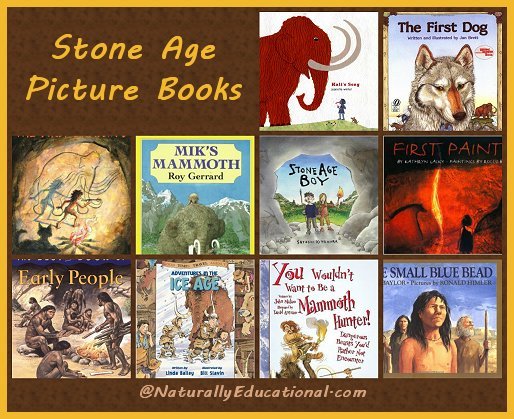
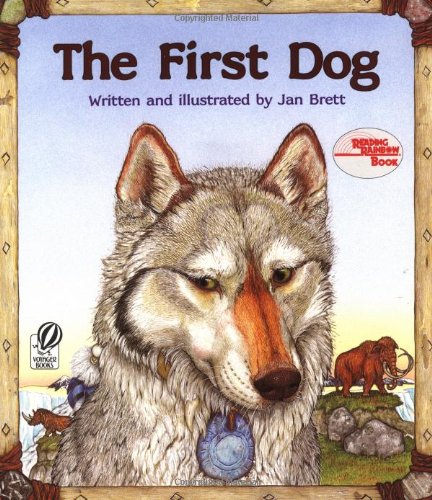
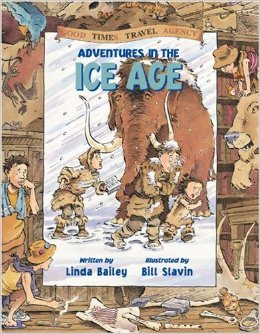
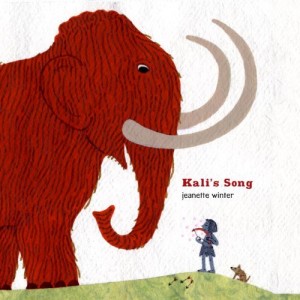
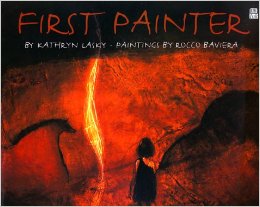
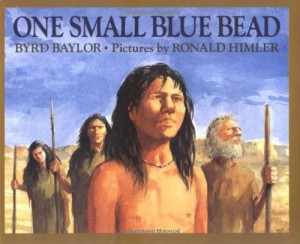
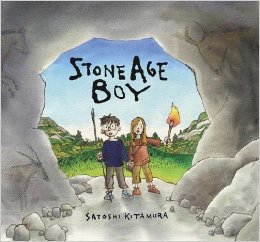
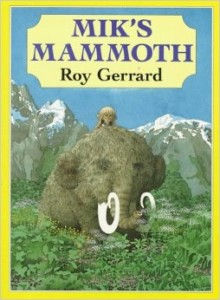
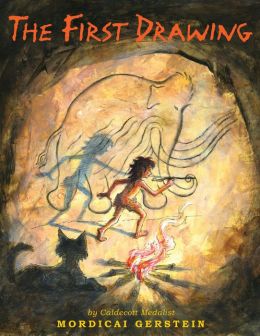
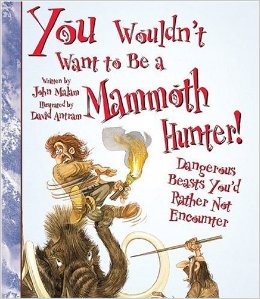
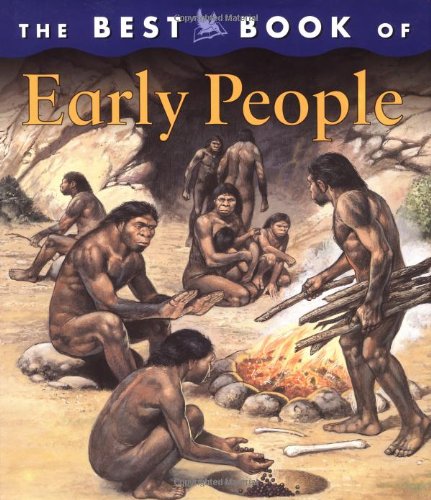
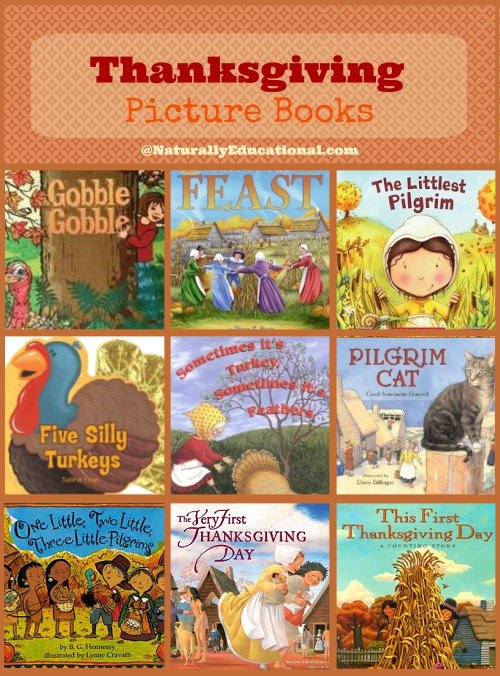
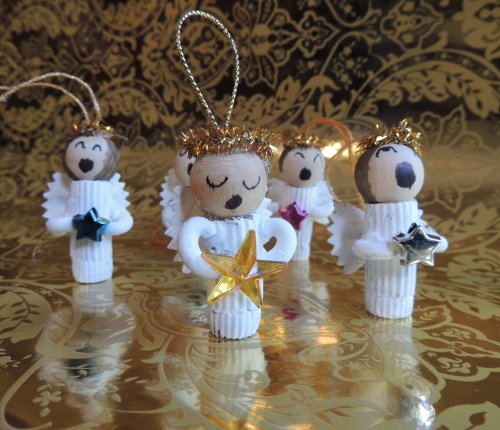
Thanks designed for sharing such a good thought, article is
good, thats why i have read it fully
The Guaranteed Aptitude area is commonly referred to as the
Guaranteed Field. It’s multiple choice administered by United States Military Entrance Processing Command prior to enlistment.
Sonoma County Library – Book clubs for school-aged children: includes a photo gallery, recipe collection,
database of famous people, and data tables;
read topics, explore maps and flags, and use the convenient
search feature.
I just like the helpful info you supply to your articles.
I will bookmark your weblog and check once more here frequently.
I’m relatively certain I will learn a lot of new stuff proper right here!
Best of luck for the following!